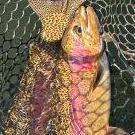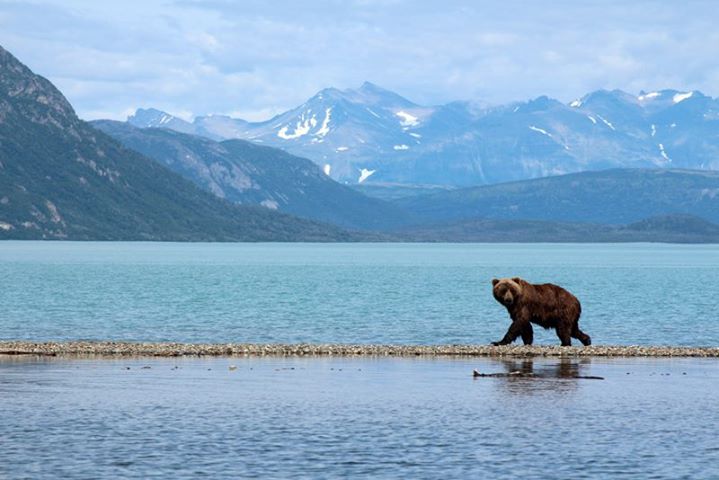Steff sent me this and I thought it was interesting enough to post - -
This is scary!
This is a case of photographer photographs photographer. The following photographs were taken by photographer Hans van de Vorst at the Grand Canyon, Arizona. The descriptions are his own. The identity of the photographer IN the photos is unknown.
I was simply stunned seeing this guy standing on this solitary rock IN the Grand Canyon.
The canyon's depth is 900 metersAN> here. The rock on the right is next to the canyon and safe.
Watching this guy on his thong sandals, with a camera and a tripod I asked myself 3 questions:
1. How did he climb that rock?
2. Why not taking that sunset picture on that rock to the right, which is perfectly safe?
3. How will he get back?
This is the point of no return.
After the sun set behind the canyon's horizon he packed his things (having only one hand available)
and prepared himself for the jump. This took about 2 minutes.
At that point he had the full attention of the crowd.
After that, he jumped on his thong sandals...
The canyon's depth is 900 meters here.
Now you can see that the adjacent rock is higher so he tried to land lower, which is quite steep
and tried to use his one hand to grab the rock.
We've come to the end of this le story. Look carefully at the photographer.
He has a camera, a tripod and also a plastic bag, all on his shoulder or in his left hand.
Only his right hand is available to grab the rock and the weight of his stuff is a problem.
He lands low on this flip flops both his right hand and right foot slips away...
At that moment I take this shot.
He pushes his body against the rock.
He waits for a few seconds, throws his stuff on the rock, climbs and walks away





